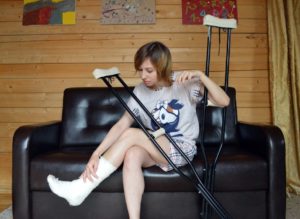Staff Injury... it happens more than most organizations are willing to admit.
Here are some of the phrases we heard when we started to talk with organizations that were now looking for a better Crisis Management System regarding Staff Injury:
“I didn’t get into this field to become a punching bag.”
“Staff were so afraid of being bitten by him that we were walking on eggshells all year long, every day.”
“My organization has a reputation of having a lot of staff injuries and can’t find good talent.”
“Our current physical procedures break down and my staff get hurt.”
“It is difficult to find temporary replacements for my staff members if injured.”
“Would like to spend less time and resources on finding and training new staff, due to them leaving because of these injuries.”
How does staff injury affect my organization?
Injury is a concern not only for the clients/students you serve, but also for staff involved with these individuals.
- Your staff may need frequent medical attention due to injuries caused by client/student aggression which is amplified by restraints that break down, are ineffective or were not trained to fluency.
- You may have key staff members who have been injured and become unable to work for a disruptive amount of time.
- You may even find that these injuries affect staff retention, and more resources are spent on finding new staff and training them your organizations standards.
- Staff injury leads to increases in Workman’s Compensation premiums, a reduction in staff morale, an increase in staff turnover, ultimately making meeting the mission of the organization more difficult

